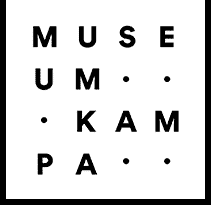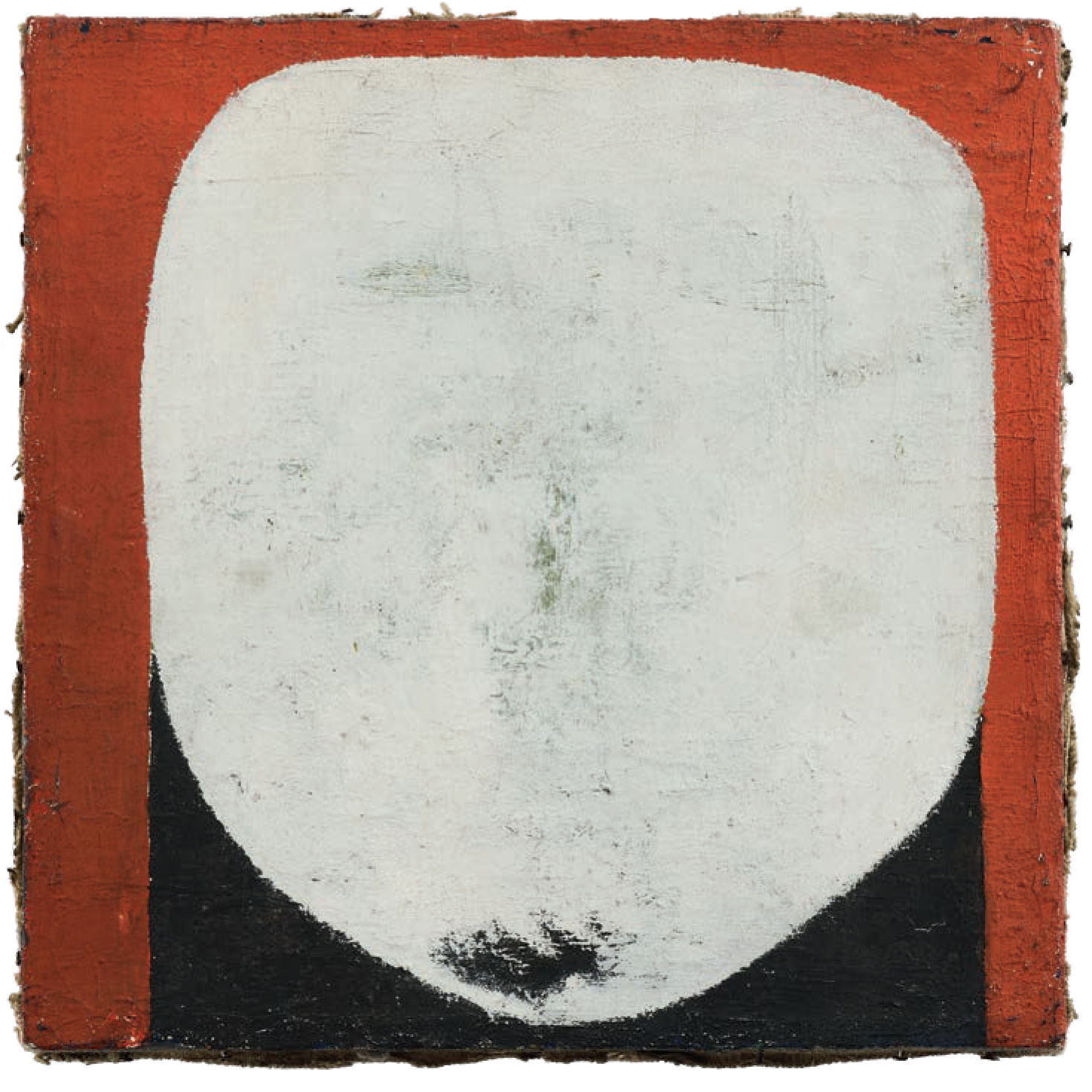In many ways, the work of Zbyněk Sekal (1923–1998) is beyond the realm of Czech, even world sculpture. It grows out of the Central European modernist tradition with its origins touching upon principles that are characteristic of Eastern visual culture, especially Japanese art. Few have succeeded in achieving such a focused statement about the fundamental values of our existence as Sekal has. Moreover, his artistic language breathes a hidden intimacy. We can sense from it the personal, self-sufficient silence of his own private cloister, cleansed of any demands for an external response.
Early on, Sekal’s fragile soul was struck by the wound of the concentration camp, a raw experience with the dark side of humanity. In the autumn of 1941, as a boy of eighteen, he was captured by the Nazis, imprisoned at Pankrác in Prague, and then transferred to Terezín and Mauthausen. He returned home only after the liberation in 1945, deeply shaken and mentally and physically exhausted. He wove the horrors of the camp into intimate sketches of rachitic figures and suggestive faces desperately searching for their own identity. The specific fragility, existential heaviness, uncertainty, but also the firm belief in the spiritual dimension of man that emanates from these works remained present in Sekal’s works for the rest of his life. It is admirable that through the primal framework of the deepest traumatic experience, Sekal developed his sense of visual and literary language with complete naturalness to intersect his ideas with the theses of Heidegger’s phenomenology in many ways over the years. Through it, he linked the intellect, the personal plane, experience, and trauma with literary and philosophical sources, thus presenting an extremely sensitive yet pregnant account of the most serious questions of human existence and the passage of time.
The exhibition at the Kampa Museum, prepared on the occasion of the centenary of the artist’s birth, primarily presents Sekal’s work created from the 1940s to 1970, i.e. in the period before the artist’s departure into exile. It charts the important stages of Sekal’s creative journey, from his drawings from the concentration camp, through his early post-war works to his first composite paintings. The exhibition also includes Sekal’s translation work and book cover designs. Within a broader contemporary context, it emphasizes his authentic relationships with his generational contemporaries, especially Mikuláš Medek. These are commemorated both by Medek’s portrait of Zbyněk Sekal from… and by their correspondence.
An important milestone in the conception of the exhibition are the works created during Sekal’s DAAD scholarship in Berlin (1969-1970), as it was there that the artist finally decided to leave Czechoslovakia. He stayed briefly in Düsseldorf and settled permanently in Vienna in September 1970. At the age of forty-six, the second phase of his life and artistic career thus began. This is represented in the exhibition by a set of Sekal’s Shrines, installed at the end of the exhibition as a symbolic signpost of the creative journey that the artist embarked on in Vienna and fulfilled for twenty-eight years alongside his most important partner in life, Christine.

